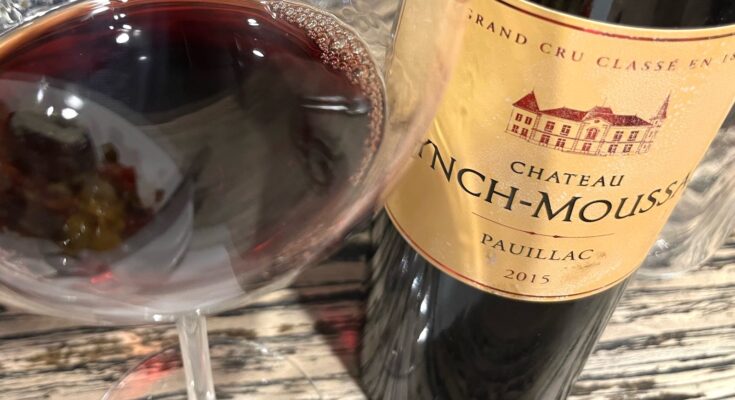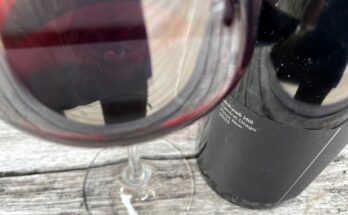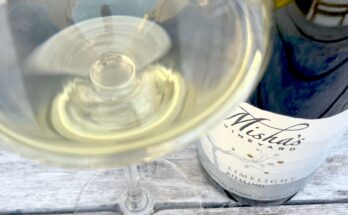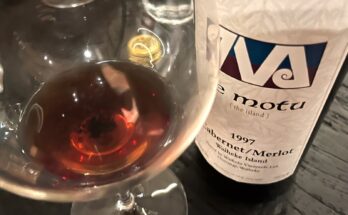A year on, almost to the day, of our last evening tasting Bordeaux-only wines… travelling on that occasion to the other side of the Gironde – our small group of explorers brought along a selection of wines from the ‘Left Bank’. Bordeaux is split by the Gironde Estuary, which in turn divides into the Dordogne and Garonne rivers. When looking at a map of the region, the area to the north and right of the Gironde is the ‘Right Bank’ and the areas below and to the left make up the ‘Left Bank’. The area in between the split is known as ‘Entre Deux Mers’.
On the Left Bank, wines are usually Cabernet Sauvignon-dominant, with Merlot, Petit Verdot, Malbec and Cabernet Franc as supporting varietals. Right Bank wines are predominantly Merlot-based, with Cabernet Franc as the secondary component. Cabernet Sauvignon, Malbec and Petit Verdot tend to be lesser features in the blends.
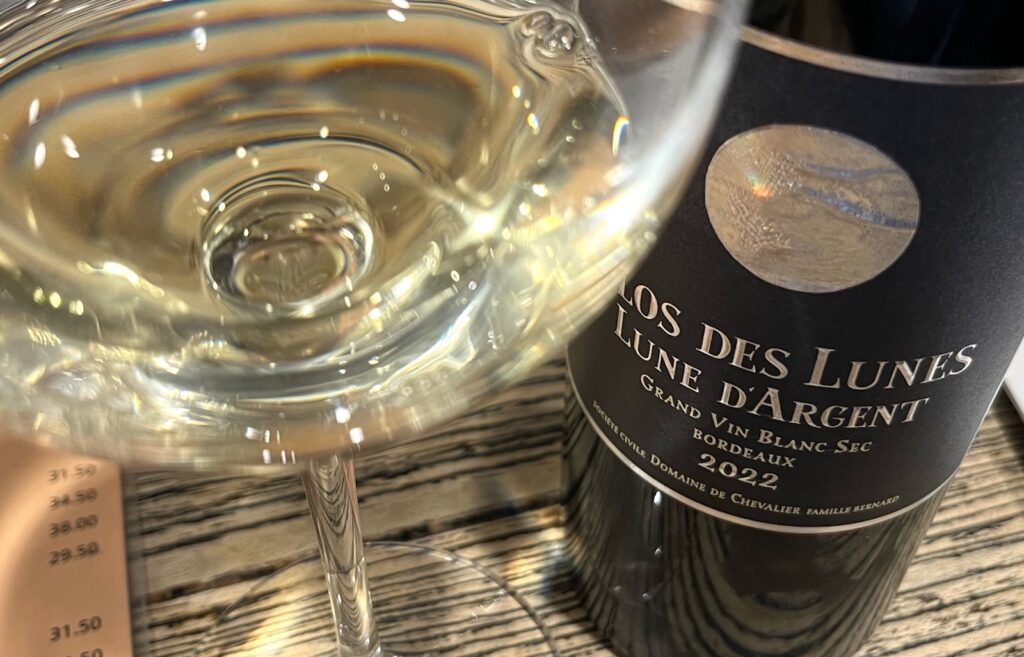
Of course, Bordeaux produces white wines as well! In fact many would argue that Bordeaux’s finest wine is a white – Sauternes. We started our tasting evening with a couple of the dry white wines that are typical – and excellent – from the Left bank. Clos des Lunes ‘Lune des Argent’ 2022 is labelled as ‘Grand Vin Blanc Sec’. It is from the Domaine de Chevalier stable, made by Olivier Bernard. The production of the Clos des Lunes wines is split into three distinguishing labels. ‘Lune d’Or’ is considered the top cuvée; with the wine tonight – ‘Lune d’Argent’ described by the producer as “the heart of Clos des Lunes’ production”. Here, the Sémillon takes the lead, with the Sauvignon Blanc adding acidity and a more precise sharpness to the density of the Sémillon. Dry, with a touch of oak, it has an identifiable ‘Sauternes’ character.
To have another white Bordeaux on the night is a good start. Clos Floridene 2020 is a “Grand Vin de Graves’ from Denis & Florence DeBourdieu. Also made from Sémillon and Sauvignon Blanc, this has a little more acidity, and even a touch more familiarity to a kiwi palate. Citrus, gooseberry, preserved lemon, grapefruit and ginger flavours throughout, with a nip of pepper and green herbs in there too. A white Bordeaux like one this might only cost you $35, and is well worth seeking out – especially considering what you would pay for a good Bordeaux red.
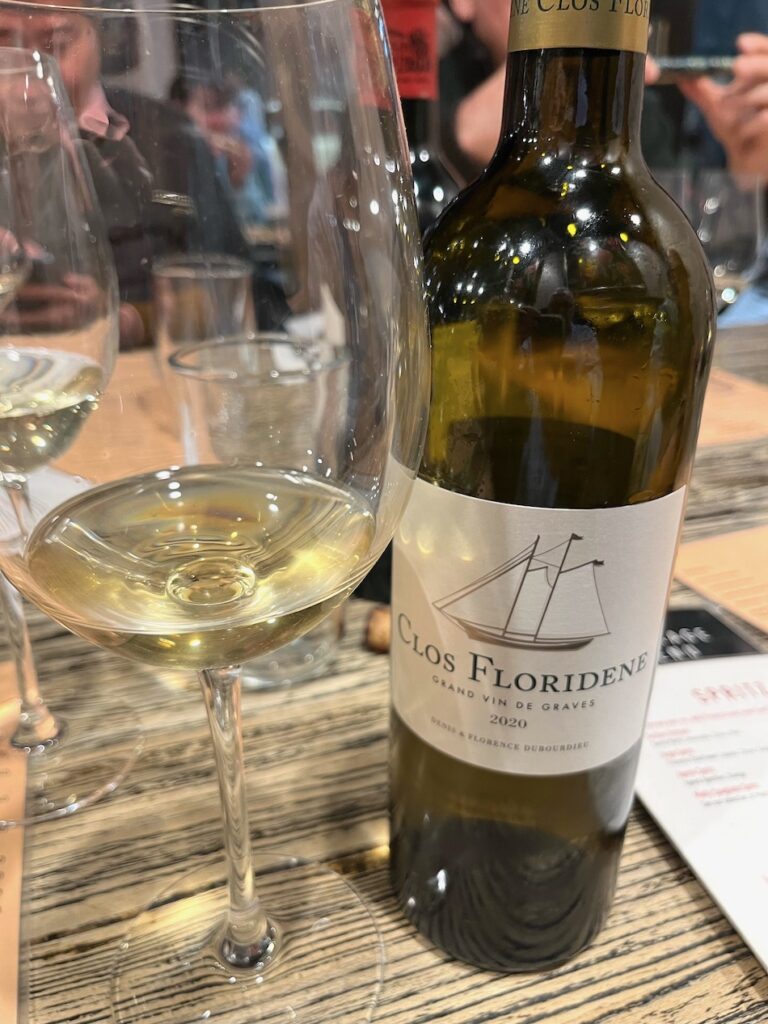
After a false start with a Chateau Leoville Barton 1998 opened, only to discover it was corked, we go oldest to youngest. Domaine de Chevalier Rouge 2000 comes from Pessac-Léognan – a ‘Grand Cru Clasée de Graves’. From a terrific vintage, it has quite amazing youth on the nose – an almost Australian blast of fresh, ripe red fruits. Cassis, bramble, redcurrant and an exotic orchid floral note. There is power with a subdued elegance. Tannin has given structure to what would appear to be a wine that could go for another twenty years.
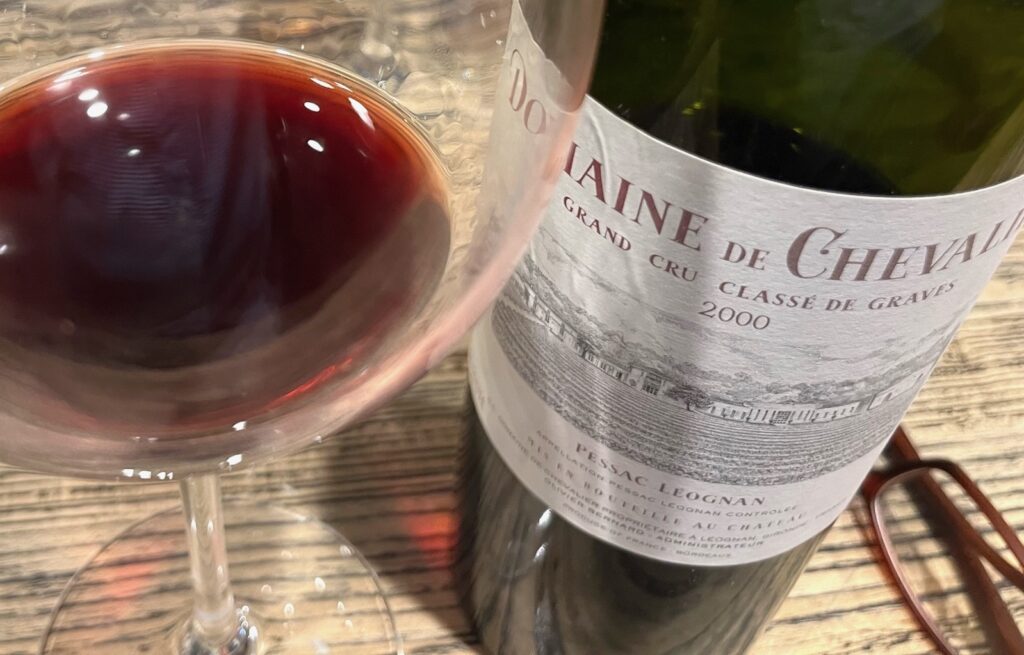
My personal favourite appellation of the Left Bank is Margaux, and I contribute a Chateau d’Angludet 2003 to the proceedings. Even as recently as the 60s and 70s this old Chateau was in a poor state and disregarded. The Sichel family have reinvigorated the property and it now produces wines that sit very well in any lineup of Margaux wines. The 2003 vintage is typically one to approach with caution as it was outlandishly hot, but I had the chance to sample this wine before buying a few, and it does carry some heat through the palate. I guess the early picking will have helped to retain some crispness. It does seem aged compared to the 2000 wine in our glasses just before – and the hot vintage will have some responsibilty towards that development… but the secondary flavours are appeal to most at the table and are quite lovely.
Our other reds are all from the very good 2015 vintage. Chateau Langoa Barton 2015 hails from the Saint-Julien appellation. This could only really come from Bordeaux, with an old-school claret medium-bodied character. A little firm at this point, with solid, sappy tannins, but the fruit is bright enough, with rose petal florals and a touch of Cabernet-typicity in its pencil shavings and tobacco notes. The oak here is also noticeable, with a warm toastiness, but overall it is quite juicy and shows some pleasant green herbals right through the palate.
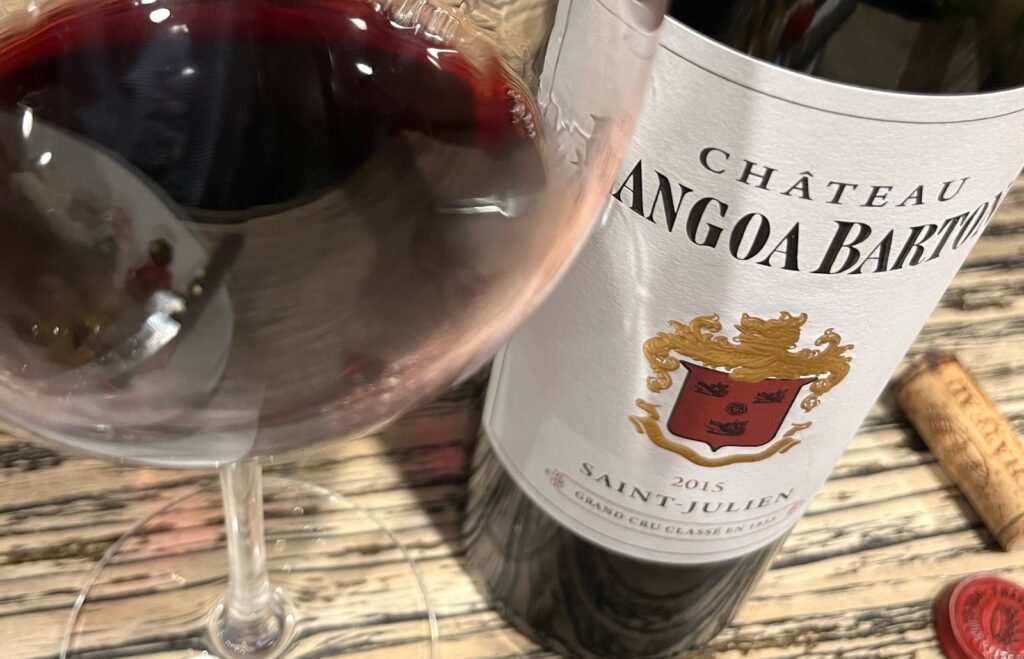
Chateau Lynch Moussas 2015 brings up a couple of wines from the appellation of Paulliac. There is graphite here, alongside ripe blackcurrant, pepper, liquorice and plum. Quite intense, with a tart acidity giving a linearity to the palate. A mineral quartz quality makes its presence felt too. This is very assured and refined – very Paulliac in fact. Again, young and energetic – a theme we find with these wines of under a decade of age.
Chateau Grand Puy Ducasse 2015 is the other Pauillac wine. It has a great Cabernet nose – just brimming with typical notes of blackcurrant, mint, dark chocolate, pepper and damson. Firmer in the palate, with a good grip of youthful, fine tannin. The oak has a smoky, incense element to it, framing the inky juice. A satisfying depth, threaded with a plumpness to the fruit – just enough to peek through the structure.
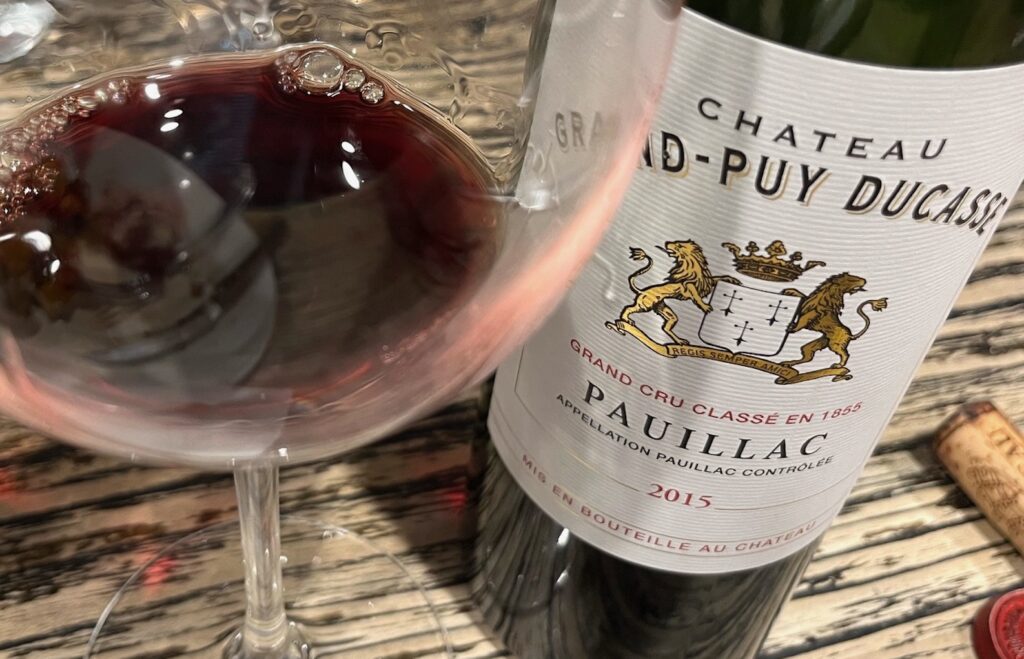
The 2015s we tasted tonight were all double-decanted and still show as quite tense and solid, needing more time to relax and integrate. That 2000 was spectacular – the wine of the night, and perhaps a sign that you need to pay close attention to vintages when picking up wines that might dent the credit card a little. The corked nature of one of the wines is just the luck of the draw – you’re always going to find one here and there in wines sealed under cork.

